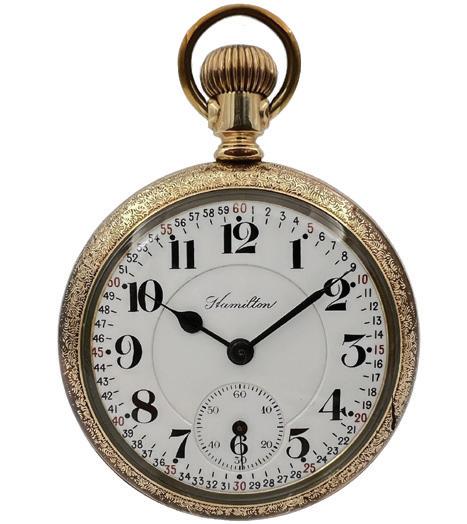
2 minute read
The Standardization of Time
Urban life was redefined with the invention of the clock, and the public started to view time as a commodity. Daily life became more complex as dependence on the measurement of time grew. An alarm to wake up, a time to go to work, or school, a time to go home, and a time to go to sleep. Time began to be treated as something that could be wasted or lost, even indicating a monetary cost associated with time.
Before 1883, time zones did not yet exist. Towns kept their own time based on when the sun was highest in the sky, known as high noon. When transportation inevitably became faster and more efficient, travel time was reduced from months to mere days, or even hours. Time-keeping for each town became a scheduling problem, and calculating consistent, accurate time became complicated. In order to keep track of the time when traveling, a person would have to change their watch by one minute for every 12 miles traveled, east or west, in order to have the correct time.
With the advent of a national railroad system, keeping standardized time across the country became essential to safe operations. For example, on April 19, 1891, the pocket watch of a train engineer failed, stopping for four minutes, before restarting. The four-minute time difference resulted in a crash in Kipton, Ohio that claimed the lives of nine people. A commission was established to create new standards for the railroad pocket watch.
The specifications of the new watch requirements included: a white face, accurate within 30 seconds per week, black Arabic numerals with each number delineated, in size 16 or 18 point font, adjustable to five positions, and temperature compensated. These newly introduced standards insured that the pocket watches carried by rail workers achieved the utmost accuracy that could be achieved with a mainspring-powered watch. These watches still required winding at least once a day. As an added precaution, a lever was added that needed to be operated in order to set the time, so no accidental changes were made.
Railroad managers of the day further addressed time-keeping and scheduling problems by dividing the continent into four different time zones. The U.S. Naval Observatory agreed to abide by the railroad manager time zones and at 12 p.m. on November 18, 1883, the Observatory signaled the nationwide change. When the telegraph arrived that signaled the change to Greenwich Mean Time, the official time used by the Naval Observatory, people nationwide changed their clocks to match their time zone. As a result, the issues with confusing train scheduling were largely resolved.

However, it was not until 1918 that Congress officially adopted the railroad time zones. The dividing lines adopted then have moved more Westward since the 1800s. Initially, Florida was in the central time zone but sometime after 1913, became a part of the Eastern time zone.
When Standard Time for railroads was adopted, high quality Standard Clocks were installed in railroad stations and executive offices, providing reliable time references for employees. One of the most popular station clocks, the Seth Thomas Regulator No. 16, was produced between 1875 and 1910 and sold for $125.00, a high price tag for the time. One of these is on display in the Museum’s History Room.







